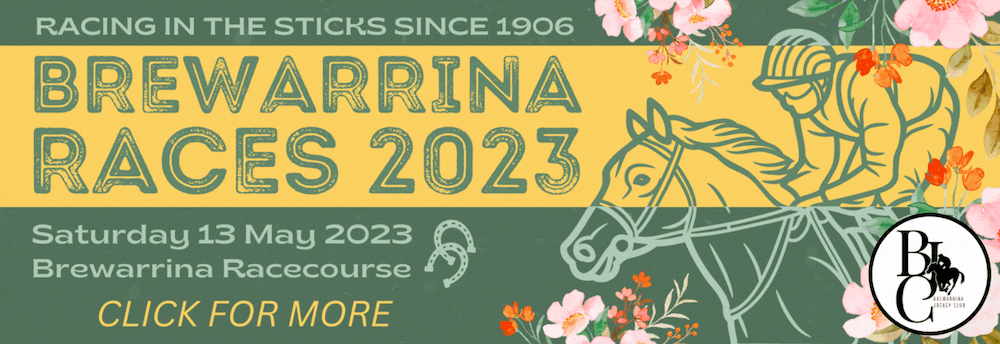Where have the Warrumbungle cattle gone?
Kristin Murdock
30 April 2023, 3:40 AM
 Chris Knox from DSK Angus and Charolais Stud in Coonabarabran said he hasn’t noticed any large changes in cattle numbers in Warrumbungle Shire.
Chris Knox from DSK Angus and Charolais Stud in Coonabarabran said he hasn’t noticed any large changes in cattle numbers in Warrumbungle Shire. Warrumbungle Shire is one of the top five shires in the entire country to experience the largest decline in cattle enterprises according to a recent survey by industry heavyweight, Meat and Livestock Australia (MLA).
In fact, across New South Wales, total cattle numbers fell 11 per cent or 567,446 head between 2016 and 2021.
The drop in cattle numbers in NSW was reportedly driven by a reduction in cattle businesses – down three per cent or 514 enterprises.
Coming in at fifth behind four Queensland LGA's, Warrumbungle's cattle numbers dropped over 50000 head during that period but local cattle farmer, Chris Knox from DSK Angus and Charolais Stud near Coonabarabran said the numbers don’t necessarily tell the true story.
"You have to consider was the time of drought and rebuilding," Mr Knox said. "Warrumbungle has always been an area of mixed farming with sheep and cattle.
"There's a lot more dorper sheep getting around these days and the thing is, when there's a drought the cattle are the hardest to feed so numbers suffered."
Mr Knox and Helen Alexander run Borah Station where an Angus stud was established in 1988, followed by a Charolais Stud in 1995.
The property consists of 3,800 acres of rolling grazing and farming land with pastures and supplementary cereal cropping and some lucerne pasture. Crops are used for grazing, grain cropping and hay and silage making with all production utilized in feeding bulls and the grain fed cattle.
"In the drought we cut back as much as we could," Mr Knox said. "We kept our cattle numbers pretty stable during the drought but when it broke, we had to sell to recoup the costs of feeding them."

Cattle were sold off at record numbers during the drought. IMAGE: Canva
Mr Knox said it was mainly the Charolais cattle that were sold off. At its height, their herd was 350 head but now is around one hundred less.
"We are back to the numbers we want to be at," Mr Knox said. "The drought was terrible, we didn’t think we would ever recover."
DSK Angus and Charolais has its annual sale in July and Mr Knox said the demand for cattle last year was exceptional.
"Bull sales are strong," he said.
When asked by Western Plains app what he thought of the MLA figures, Mr Knox said he was surprised Warrumbungle Shire made the list.
"I haven't noticed any big drop in cattle numbers in the last few years," he said. "Like everything in farming, it's cyclical. It's getting dry again now, we've had to feed cattle on grain and sent the first truckload off last Monday. The grass is no value and what’s there is pretty scarce."
In contrast to Warrumbungle, the Toowoomba LGA in Queensland saw the greatest increase in absolute cattle numbers – up 51 per cent or 134,284 head.
During the survey period, MLA also reported that the number of dairy enterprises in Australia has dropped by 23 per cent, equating to a drop of 83000 dairy heifers.
Mr Knox, a former dairy farmer himself, was not surprised at these figures.
"I was a dairy farmer in the Lower Hunter until I was 25," he said. "It's hard work and the quota issues at the time drove people broke. At least with beef cattle, you can have a day off once in a while.
So while the MLA figures weren't worrying Mr Knox, he said dry weather expected this year was potentially concerning.
"I've been telling everyone to ring me and warn me when the next drought is coming so I can be prepared," he said. "I haven't heard from anyone yet and I hope I don't."




